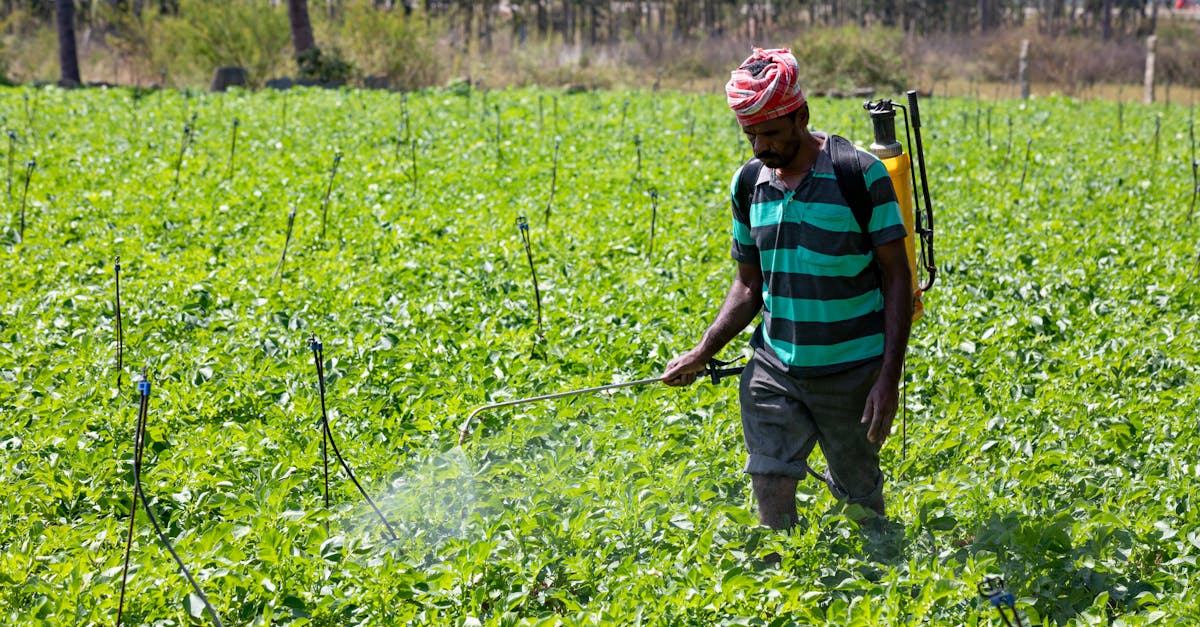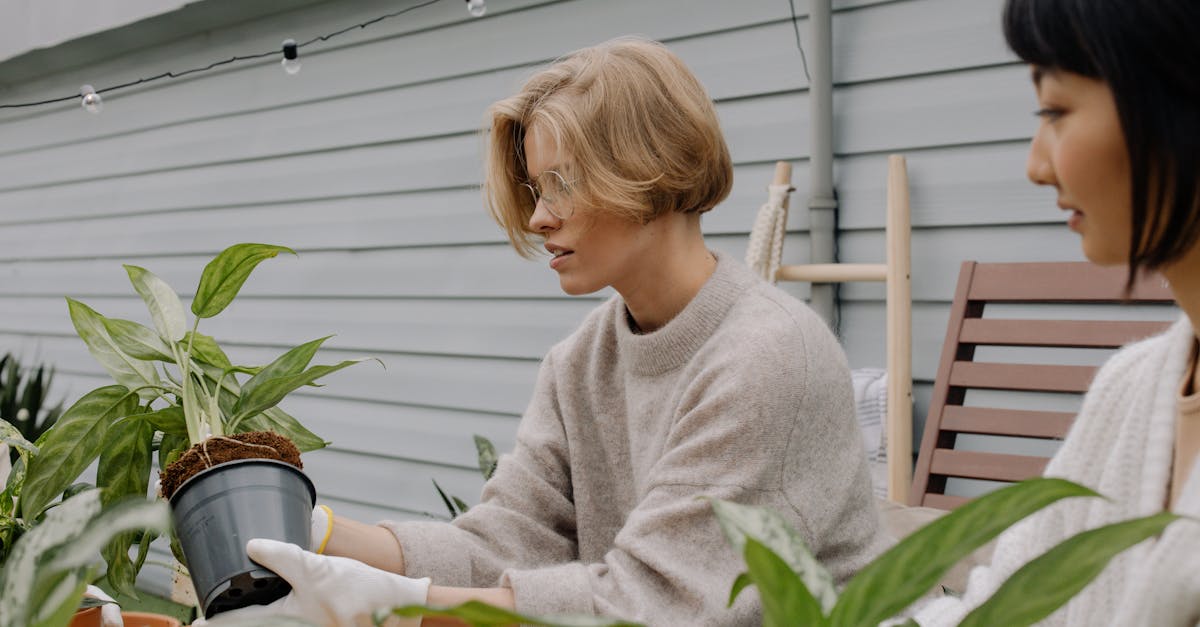Are you wondering how often you should repot your houseplants? We’ve got you covered.
In this guide, we’ll study into the art of repotting and share expert tips on when and how to do it.
Whether you’re a seasoned plant parent or just starting your indoor garden, understanding the right repotting schedule is key to keeping your green friends thriving.
Stick with us to learn the secrets of successful repotting and watch your plants flourish like never before.
Key Takeaways
- Signs that indicate your houseplant needs repotting include roots growing through drainage holes, slow growth, visible roots on the soil surface, and a root-bound pot.
- The best time of the year to repot houseplants is during spring when plants are entering their active growth phase, and warmer temperatures stimulate root growth.
- When repotting, choose a pot that is slightly larger with drainage holes and use a well-draining mix of peat moss, perlite, and vermiculite for optimal plant growth.
- Follow a step-by-step guide for repotting, including selecting the right time, pot, preparing the plant, adding fresh soil, filling gaps, and watering adequately.
- Common mistakes to avoid when repotting houseplants include choosing the wrong pot size, skipping drainage holes, and using the wrong soil, which can hinder plant growth and health.

Signs that your houseplant needs repotting
When it comes to caring for houseplants, paying attention to their potting needs is critical. Here are some signs that your houseplant might need repotting:
- Roots growing through drainage holes.
- Slow growth or stunted development.
- Water draining quickly after watering.
- Visible roots on the soil surface.
- Root-bound pot.
Checking for these indicators regularly can ensure that your houseplants continue to thrive.
For more detailed information on repotting houseplants, you can visit The Spruce – How to Repot Houseplants.
Best time of the year to repot your houseplants
When it comes to repotting houseplants, timing is critical for their health and growth. The best time of the year to repot your houseplants is spring. During this season, plants are entering their active growth phase, making it the ideal time to refresh their potting mix and provide them with more space to expand their root system.
In spring, daylight hours increase, which helps plants recover faster from the stress of repotting. Additionally, the warmer temperatures stimulate root growth, allowing the plant to establish itself in its new container more quickly. Avoid repotting during the dormant winter months as plants are less active and may struggle to recover from the process.

Choosing the right pot and soil for repotting
When choosing a new pot for your houseplant, opt for one that is one to two inches larger in diameter than the current pot. This allows room for growth without drowning the roots in excess water. Make sure the pot has drainage holes to prevent root rot.
For the best soil, go for a well-draining mix specifically formulated for houseplants. Avoid using garden soil, as it can compact too tightly around the roots. A mix of peat moss, perlite, and vermiculite is great for most indoor plants.
Ensure your plant has enough space to thrive in its new home, giving its roots room to spread and grow. For more detailed guidance on choosing pots and soil, check out The Spruce’s article on repotting houseplants.
Step-by-step guide to repotting your houseplants
Repotting our houseplants is important for their growth and well-being. Here’s a simple guide to help us through the process:
- Choose the right time: Pick a time when the plant is actively growing, usually in the spring. This allows for faster recovery.
- Select the new pot: Opt for a pot that’s one size larger and has drainage holes to prevent waterlogging.
- Prepare the plant: Gently remove the plant from its current pot and loosen the roots.
- Add fresh soil: Place a layer of soil in the new pot and position the plant in the center.
- Fill the gaps: Add more soil around the plant, pressing it lightly to eliminate air pockets.
- Water the plant: Give the plant a good soak to help it settle into its new home.
For more detailed instructions, check out The Spruce’s full guide on repotting houseplants.

Common mistakes to avoid when repotting
When it comes to repotting houseplants, there are some common mistakes that could hinder their growth and health. Let’s go over these pitfalls to ensure we’re providing our green friends with the care they deserve:
- Choosing the Wrong Pot Size: Selecting a pot that is too large or too small can impact the plant’s growth. It’s important to choose a pot that provides just enough room for the roots to expand.
- Skipping Drainage Holes: Proper drainage is critical for preventing waterlogging and root rot. Always opt for pots with adequate drainage holes to promote healthy root development.
- Using the Wrong Soil: Houseplants thrive in well-draining soil. Avoid using regular garden soil, as it may compact and hinder root growth. Opt for a specialized mix to ensure your plant thrives.
After all, by avoiding these common pitfalls, we can create an optimal environment for our houseplants to flourish. For more tips on repotting houseplants, check out this detailed guide from The Spruce.
